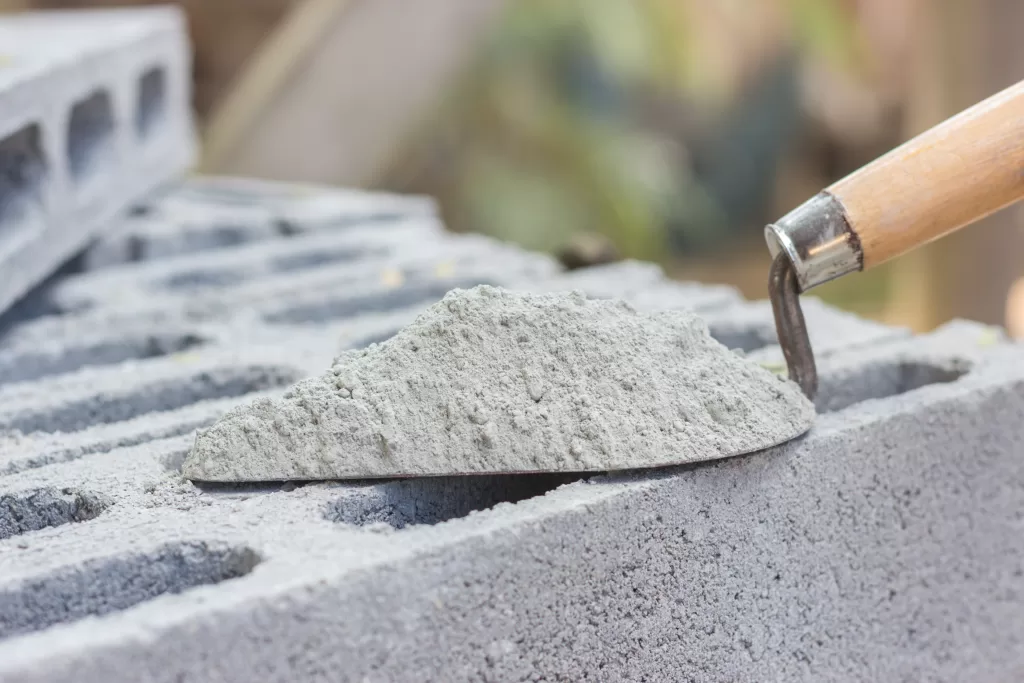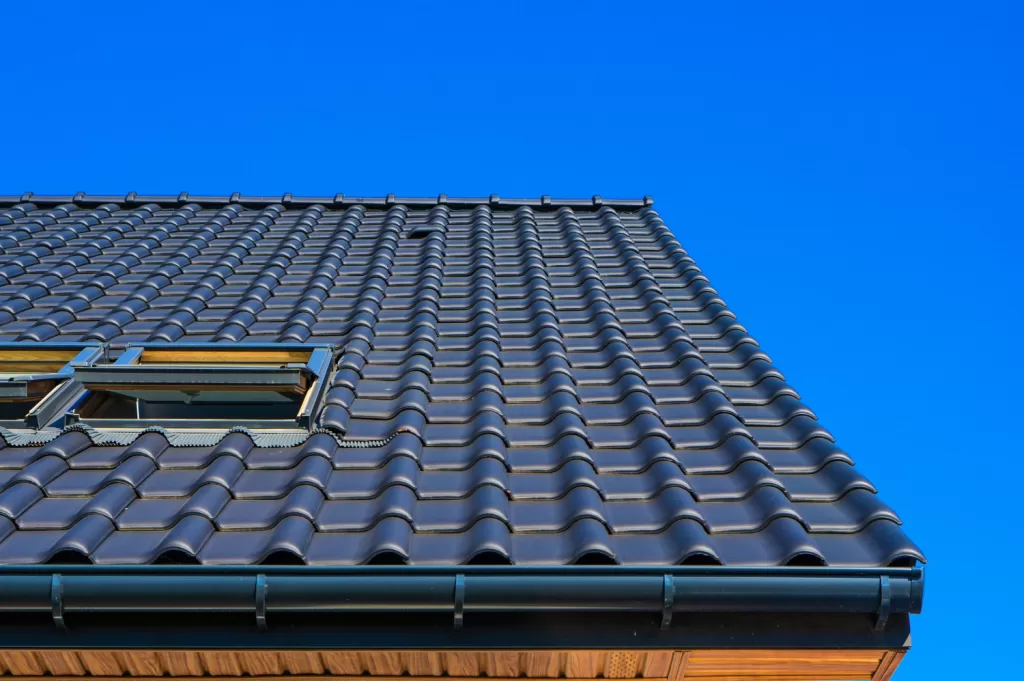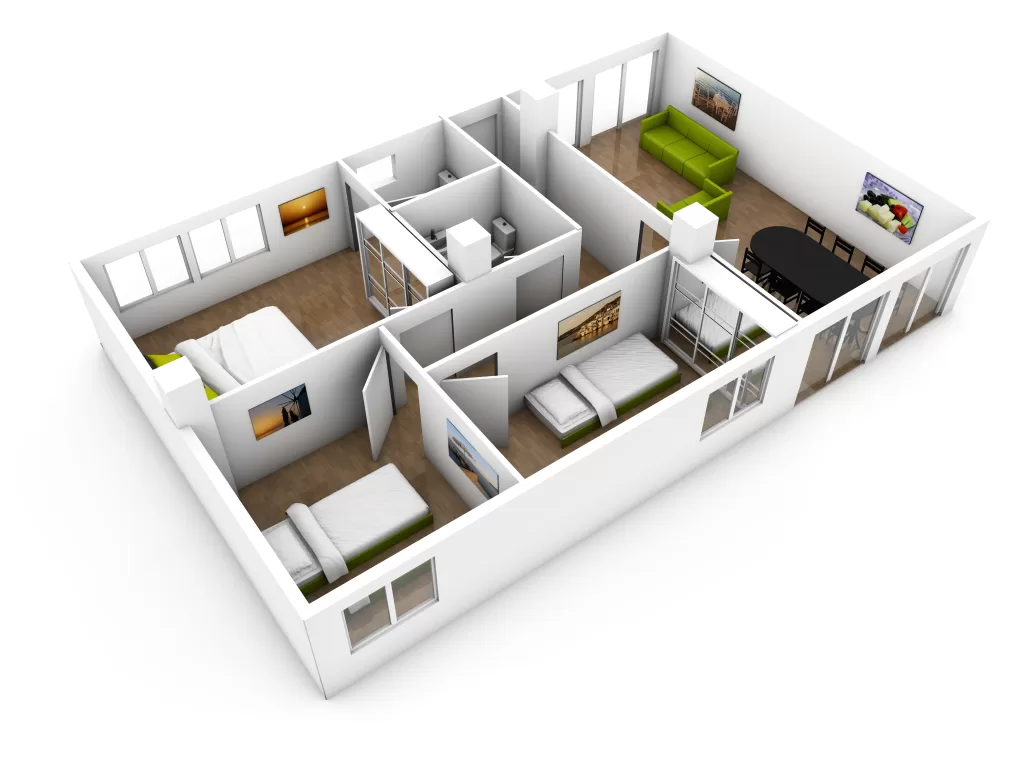Building a house comes with its share of questions and considerations. One of them is understanding the amount of cement needed for the construction process. Cement serves as the foundation of structural integrity. It is a binding agent that holds a structure together. So, here is a guide to help you determine how much cement is required for a 1000 sq ft house.
Understanding Area Measurement
Area measurement refers to the quantification of the surface covered by a two-dimensional shape or space. It is usually measured in square units such as square feet, square meters, square inches, etc.
It is essential to measure it accurately, as it ensures precise dimensions. It helps you understand exactly how much cement is required for a 1000 sq ft house, among other important construction materials.
Here are some factors that influence area measurements for a 1000 sq ft house:
Layout & Design:
The layout and design of the house significantly impact its area measurement. Different architectural styles and floor plans can result in variations in the distribution of space within the 1000-square-foot area.
Room Configuration:
The number and size of rooms within the house can affect its area measurement. For example, a house with larger rooms will have a different area distribution compared to one with several smaller rooms.
Interior Features:
Features like closets, hallways, staircases and built-in furniture can reduce the available floor space within the house. This can affect the overall area measurement.
Wall Thickness:
The thickness of interior and exterior walls can affect the usable floor area. Thicker walls tend to reduce the interior space available for rooms and other living areas.
Building Codes and Regulations:
Local building codes and regulations may influence specific requirements for minimum room sizes, ceiling heights and other factors.
Structural Elements:
Structural elements like beams, columns, and load-bearing walls also occupy space within the house, contributing to the total area measurement.
Exterior Features:
Exterior features such as porches, decks, balconies and garages may or may not be included in the 1000-square-foot measurement. Typically, this may depend on whether they are enclosed or open-air spaces.
Not sure how much construction material you need? Consult our JK BuildXpert.
How Much Cement Do You Need for a 1000 Sq. Ft House?
Determining the amount of cement required for a 1000-square-foot house entails a systematic calculation process. Here’s an overview:
Calculation Method
To calculate the cement requirement for a 1000 square feet house, you need to consider the following steps:
- Start by estimating the volume of concrete needed for the construction. Concrete usually comprises cement, sand and aggregates (like gravel or crushed stone). Determine the volume required based on the structural design and specifications.
- Calculate the proportion of cement to sand to aggregates in the concrete mix. The mix ratio will depend on the type of concrete grade required, whether M25, M30, M45, etc.
- Once the cement-sand ratio is established, calculate the quantity of cement needed. This is done by dividing the total volume of concrete by the sum of the ratios (cement + sand).
- Account for wastage during handling and mixing, usually around 5-10% of the calculated quantity. Doing so will ensure you have enough material on-site.
Illustration:
Let’s assume that you need to measure the cement required for a 1000 sq. ft slab for the ground flooring. The concrete grade required is M25, where typically, the mix ratio is 1:1:2, i.e., 1 part cement, 1 part sand and 2 parts coarse aggregates. However, in order to calculate the cement aspect of the concrete, you first need to determine how much concrete is needed.
Step 1: Determine the volume of concrete needed
For a 1000 sq. ft area, let’s consider the thickness of the slab to be 6 inches or 0.5 ft.
Volume of Concrete = Total Area X Thickness = 1000 x 0.5 = 500 cubic ft.
Note that this is the volume of the final concrete mixture which is wet since concrete is a mixture of water, cement, sand and aggregates. The dry volume of concrete is 52% more than its wet volume. This is because the volume of dry concrete will decrease after you add water to it.
Dry Volume of Concrete = Wet Volume of Concrete + 52% of Wet Volume of Concrete
= 500 + [(52/100) X 375]
= 695 cubic ft
Therefore, the wet volume of concrete here is 695 cubic feet.
Step 2: Calculate the volume of cement in the concrete
Now, the total volume of concrete needed is 695 cubic feet. The specified ratio is 1:1:2, indicating one part cement, one part sand and two parts coarse aggregates.
The total part = 1 + 1 + 2 = 4
Cement Quantity = (Cement Part / Total Part) X Dry Volume of Concrete
= (1 / 4 ) X 695 = 173.75 cubic ft
Therefore, the volume of cement will be 173.75 cubic feet.
Step 3: Determine the number of cement bags required
Now, 1 bag of cement is 50 kg and it equals 1.23 cubic ft.
To calculate how many bags we need here, we simply divide the volume of cement by 1.23 cubic feet.
Number of Cement Bags Required = 173.75 / 1.23 = 141.26 ≅ 142 bags.
Hence, for a 1000 sq. ft concrete slab with M25 grade concrete, you would require approximately 142 bags of cement.
Note: While the provided calculation offers an estimate, determining the precise number of cement bags for your house requires consultation with a civil engineer or a local constructor.
Ready to build your 1000 sq ft home? Choose a reliable cement company like JK Cement for your construction project. Explore a wide range of superior-quality water resistant cement that assures long-lasting performance.
FAQs
How many cement bags are required for a 1000 sq ft slab?
The number of cement bags needed for a 1000 sq ft slab depends on the thickness of the slab and the concrete mix ratio.
How much cement is required for 1000 sq ft plastering?
For plastering 1000 sq ft, the cement requirement depends on the thickness of the plaster and the mix ratio.
How much steel and cement is required for a 1000 sq ft RCC house?
For a 1000 sq ft RCC house, the quantity of steel and cement required may vary based on structural design, load-bearing requirements and construction practices.
How many cement bags are required for a 1000 sq ft 5-inch slab?
To build a 1000 sq ft 5-inch slab, you would need around 92 cement bags. This estimate is based on a concrete mix ratio of 1:1.5:3 (cement: sand: aggregate). It assumes standard construction practices. The actual quantity may vary depending on specific project requirements and conditions.
How much cement is required for a 1200 sq feet area?
For a 1200 sq ft area, the quantity of strong cement needed depends on the construction project’s requirements. It varies based on factors like the type of structure, concrete mix ratio and thickness of the concrete layer.














